Microsoft and Atom Computing aim to capitalize on a qubit-virtualization system that Microsoft and Quantinuum say has broken a logical-qubit creation record.
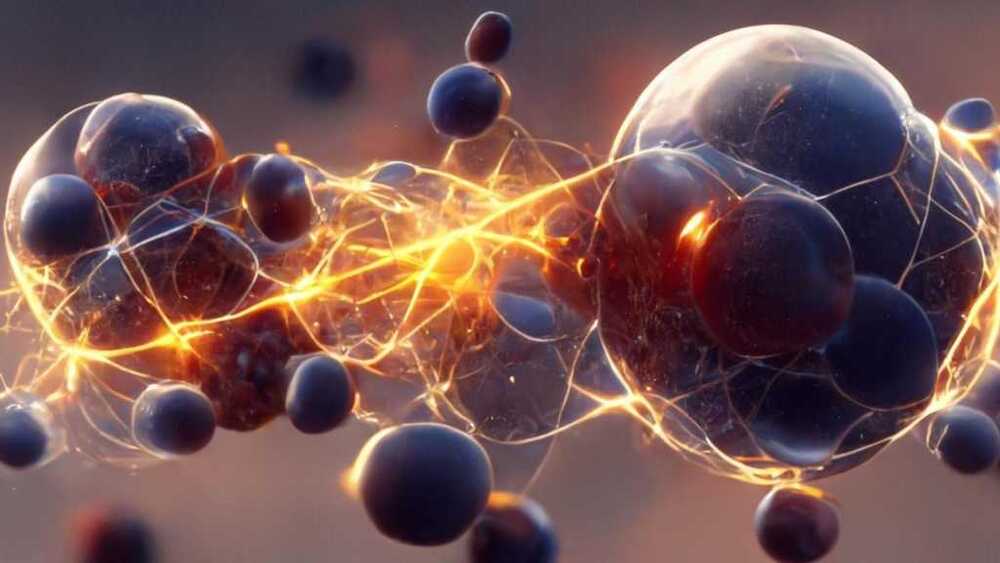

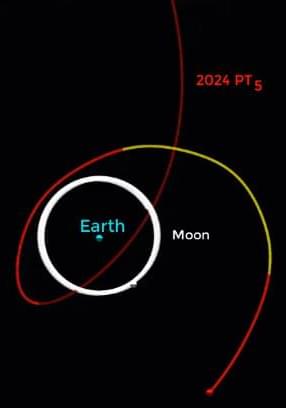
Scientists have measured the magnetic moment of the muon to unprecedented precision, more than doubling the previous record.
Physicists from the Muon g-2 Collaboration cycled muons, known as “heavy electrons,” in a particle storage ring at Fermilab in the United States to nearly the speed of light. Applying a magnetic field about 30,000 times stronger than Earth’s, the muons precessed like tops around their spin axis due to their own magnetic moment.
As they circled a 7.1-meter diameter storage ring, the muon’s magnetic moment, influenced by virtual particles in the vacuum, interacted with the external magnetic field. By comparing this precession frequency with the cycling frequency around the ring, the collaboration was able to determine the muon’s “anomalous magnetic moment” to a precision of 0.2 parts per million.

Scientists use atomic clocks to measure the “second,” the smallest standard unit of time, with great precision. These clocks use natural oscillations of electrons in atoms, similar to how pendulums work in old grandfather clocks. The quest for an even more precise timekeeper led to the discovery of nuclear clocks, which use the transitions of atomic nuclei instead of electrons to keep time.
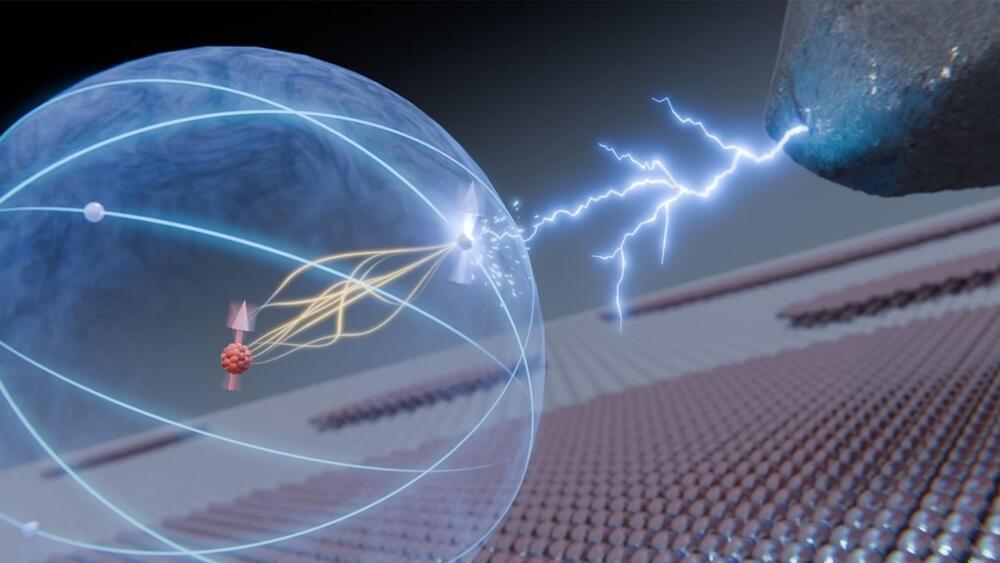
The atom’s nucleus could safely store quantum data, with controlled wobbling making it possible:
According to the researchers, the spin state or direction of the spin of a nucleus can be used to hold quantum information.
“This magnetism, the “spin” in quantum language, can be seen as a sort of compass needle that can point in various directions. The orientation of the spin at a given time constitutes a piece of quantum information,” the study authors said.
However, even if you store quantum information inside the spin of a nucleus, it’s challenging to read and manipulate the stored information as the nucleus has a tiny size and is influenced by the activity of surrounding particles.


A research team discovered a method to transform materials with three-dimensional atomic structures into nearly two-dimensional structures – a promising advancement in controlling their properties for chemical, quantum, and semiconducting applications.
The field of materials chemistry seeks to understand, at an atomic level, not only the substances that comprise the world but also how to intentionally design and manufacture them. A pervasive challenge in this field is the ability to precisely control chemical reaction conditions to alter the crystal structure of materials—how their atoms are arranged in space with respect to each other. Controlling this structure is critical to attaining specific atomic arrangements that yield unique behaviors. This process results in novel materials with desirable characteristics for practical applications.
A team of researchers led by the National Renewable Energy Laboratory (NREL), with contributions from the Colorado School of Mines (Mines), National Institute of Standards and Technology, and Argonne National Laboratory, discovered a method to convert materials from their higher-energy (or metastable) state to their lower-energy, stable state while instilling an ordered and nearly two-dimensional arrangement of atoms—a feat that has the potential to unleash promising material properties.
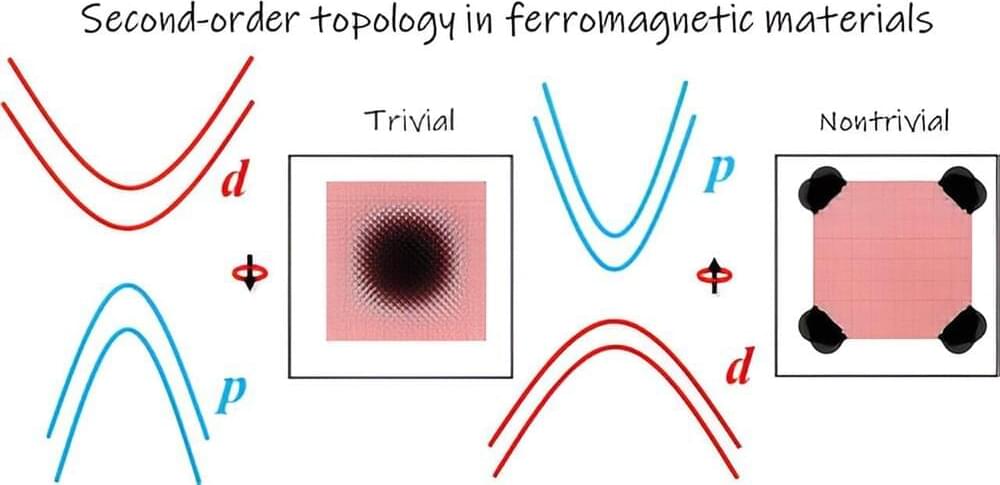
Researchers from Monash University, part of the FLEET Center, have revealed a generic approach towards intrinsic magnetic second-order topological insulators. These materials are crucial for advancements in spintronics, an emerging field aiming at using spin degree of freedom to deliver information. Their study is published in Nano Letters.

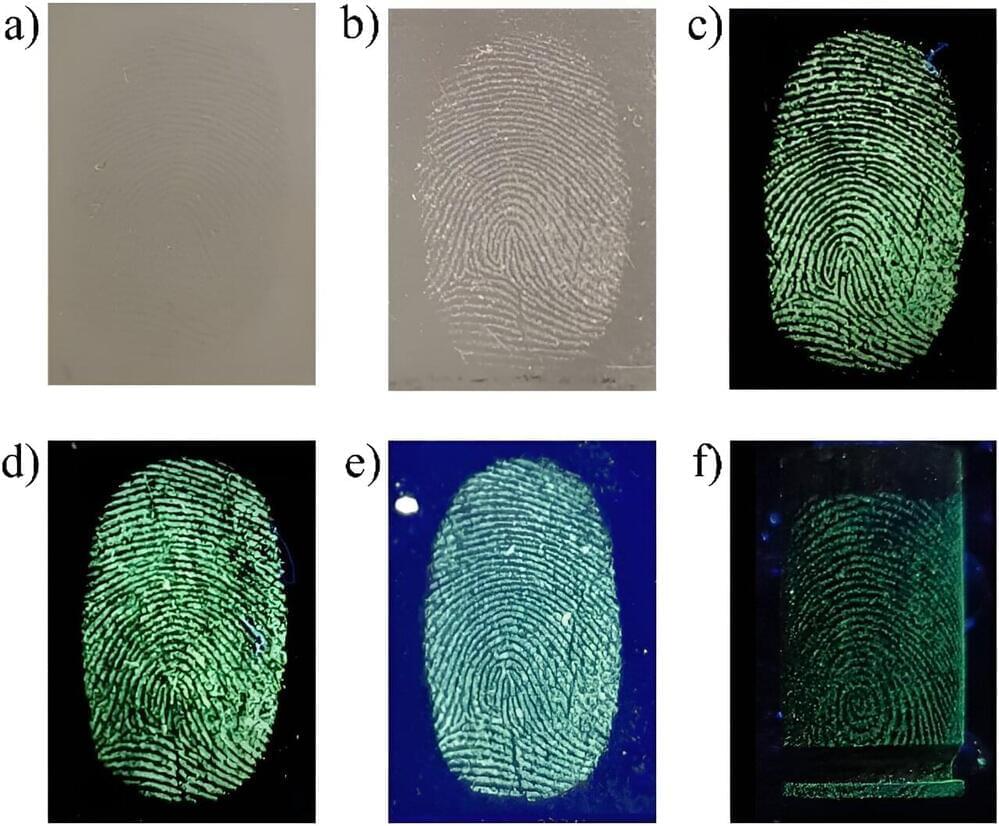
Latent fingerprints require physicochemical development techniques to enhance their visibility and make them interpretable for forensic purposes. Traditional methods for developing fingerprints include optical, physical, and chemical processes that involve interaction between the developing agent (often a colored or fluorescent reagent) and the fingerprint residue. These methods have limitations in recovering high-quality results in certain conditions.
Recently, new methods using mass spectrometry, spectroscopy, electrochemistry, and nanoparticles have improved the development of latent fingerprints. These techniques offer better contrast, sensitivity, and selectivity, with low toxicity. The ability to adjust nanomaterial properties further enhances the detection of both fresh and aged fingerprints.
Mesoporous silica nanoparticles (MSNs) have attracted significant interest since the discovery of the M41S family of molecular sieves, which encompasses MCM-41, MCM-48, and SBA-15. These nanoparticles are characterized by their controlled particle size, porosity, high specific surface area, chemical stability, and ease of surface functionalization.
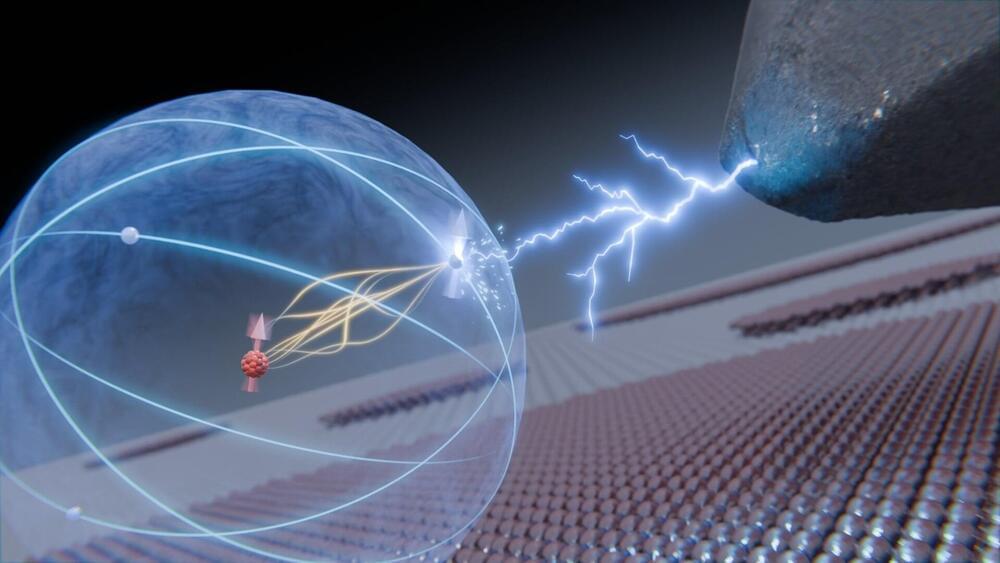
Researchers from Delft University of Technology in The Netherlands have been able to initiate a controlled movement in the very heart of an atom. They caused the atomic nucleus to interact with one of the electrons in the outermost shells of the atom. This electron could be manipulated and read out through the needle of a scanning tunneling microscope.